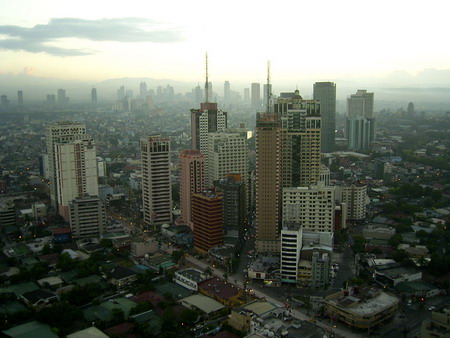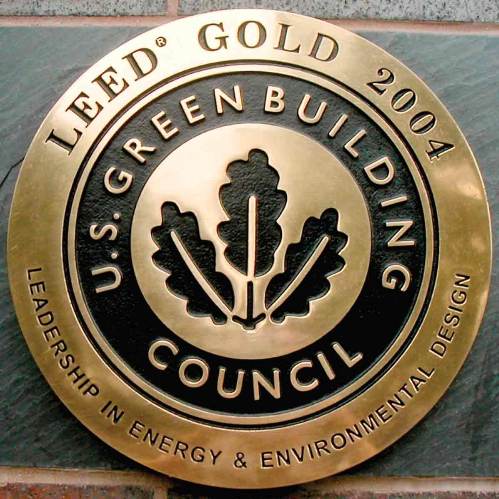Amazingly, one of the key culprits commonly used in furniture is formaldehyde! It’s used in furniture glue, as a preservative in paint, and is added to fabric to make it “permanent press.” The U.S. Consumer Product Safety Commission says “formaldehyde emissions can cause eye and throat irritation, allergic reactions and possibly cancer.”
That’s just the beginning of this tale.

Many of the absorbent materials used in draperies, upholstered furniture and carpeting can absorb, then release pollutants into the surrounding areas. This then can trigger asthma or other allergies.
Before you run out screaming to look for those plastic furniture covers your grandparents had, here are some things to watch out for to help you avoid some of this allergy-triggering quagmire.
First, steer clear of “stain resistant” furniture. And don’t use those stain resistant chemicals either. These conveniences can cause you trouble.
Stay away from products made with PVC. These include artificial leather, PVC-coated fabrics and vinyl furniture covers.
Watch out for furniture made with toxic flame retardants (PBDE’s). According to a recent report by the environmental group Friends of the Earth, “a high percentage of California furniture contains toxic chemicals that have been linked to cancer, birth defects, hormone disruption, and reproductive and neurological dysfunction.” These retardants are often used to meet California’s strict flammability regulations.
Non-PBDE furniture may not be easy to find, but one retailer can be counted on and that’s IKEA. Their products don’t use them.
There are a number of options for allergy-free, green office furniture. California-based Tamalpais Nature Works uses toxic-free finishes. Massachusetts-based Furnature makes elegant-looking sofas with organic upholstery. The number of companies providing these safer products is growing, as is the demand for them. And the prices and quality are comparable to traditional office furniture. With more people being diagnosed as chemically sensitive, relief may be in the form of a great new chair.
[ add comment ] ( 120 views ) | [ 0 trackbacks ] | permalink |




 ( 3 / 988 )
( 3 / 988 ) In the past few years large corporations have begun taking the green movement seriously. Since 1995, a diverse roster of companies like McDonald’s. Starbucks, and REI have built or refit their buildings and gained the LEED certification (Leadership in Energy and Environmental Design). There are also LEED certified Toyota showrooms and large office complexes like the 200 Market building in Portland, Oregon, the first multi-tenant LEED Existing Building (LEED EB) certified building in the country.

Offices around the country have been looking at how to be more “green”. For many, a new building isn’t an option. Even a LEED EB refit is out of the question. Other options and changes are being explored and implemented to create a more “earth friendly” environment.
There are, I’ve found, many shades of green. Does your company have a recycling program? If not, why not start one? Contacting your city’s solid waste division can score you the amount and type of recycling bins you’ll need. Then put together email memos or other company-wide notices announcing the program. Be sure to follow up periodically to remind everyone of the program and reinforce the importance of using it.
Want another “shade” to try? Why not switch from standard FAX to paperless online FAX? This will trim your electric bills and cut down paper usage.
If you search online, you’ll find there are a plethora of options for this. A few examples include eFax, online fax and Freefax. Some sites provide software you can download while others offer a toll-free phone number and monthly fees.
Whichever way you go – be it starting a recycling program, switching to online FAX or any other environmentally beneficial step – start somewhere. You and your employees will notice the difference.
[ 1 comment ] ( 52 views ) | [ 0 trackbacks ] | permalink |




 ( 3 / 906 )
( 3 / 906 ) As eco-awareness grows in the business world, more companies are making big changes to ‘green’ their offices. A fairly easy change to make is to simply change your furniture.
Options are getting easier to find. An online search reveals a variety of manufacturers that produce eco-friendly furniture – from work benches to cubicles to workstations.
Environmentally friendly furniture comes from a variety of resources.
One of the simplest renewable materials is wheatboard, a by-product made from wheat straw. This material has no formaldehyde and can be used to create, among other things, quality furniture and cabinets. Produced in sheets, this durable substance can be filled, sealed, painted, stained or varnished. It can also be shaped in a wide variety of designs.
This “waste product” traditionally has been burned or added to landfills. As wheatboard, however, it benefits the environment by reducing deforestation (as a viable substitute for wood), and lessens both air pollution and landfill use. Along with its versatility, using wheatboard can help a building project earn crucial LEED credits for rapidly renewable materials.
Wheatboard has been used in cabinetry for Sierra Nevada College’s Tahoe Center laboratory-classroom, in desks at Chicago’s Center for \Neighborhood Technology, and as part of Lawrence University’s Campus Center in Wisconsin. All three of these facilities have been LEED certified.
A few manufacturers produce wheatboard – both in the U.S. and Canada. The Eco Business Links Environmental Directory is a good resource. The Kirei company and Humabuilt Cabinets are two other good sources.
As options for environmentally-friendly offices grow, perhaps, as in the case of “recycled” wheat straw, it’s useful to look for the simplest solutions nature has to offer.
[ 1 comment ] ( 50 views ) | [ 0 trackbacks ] | permalink |




 ( 3 / 353 )
( 3 / 353 ) 


 Looking for a Green Office Solution?
Looking for a Green Office Solution?